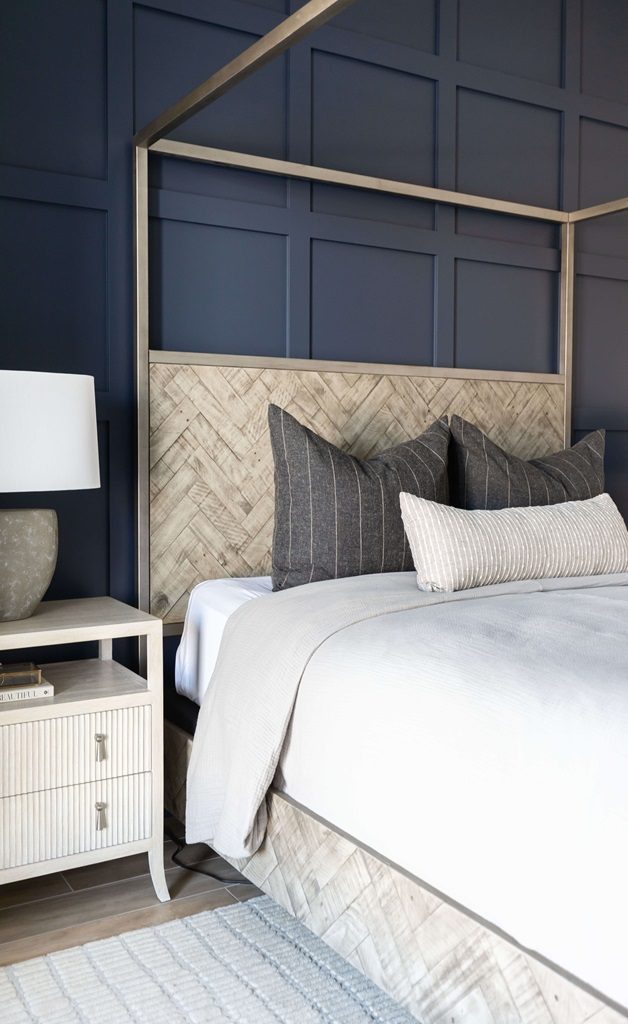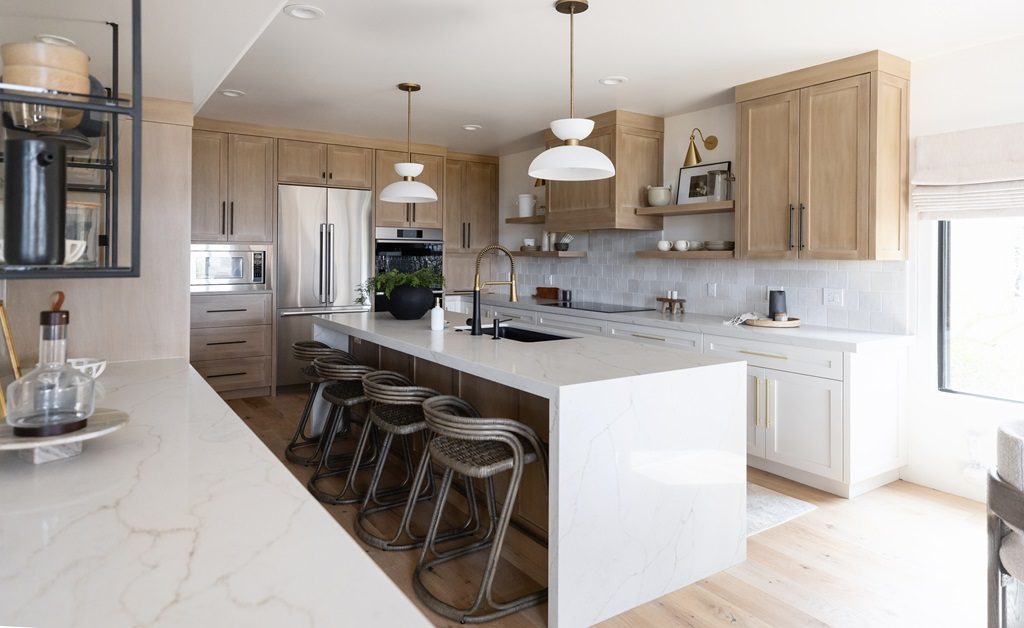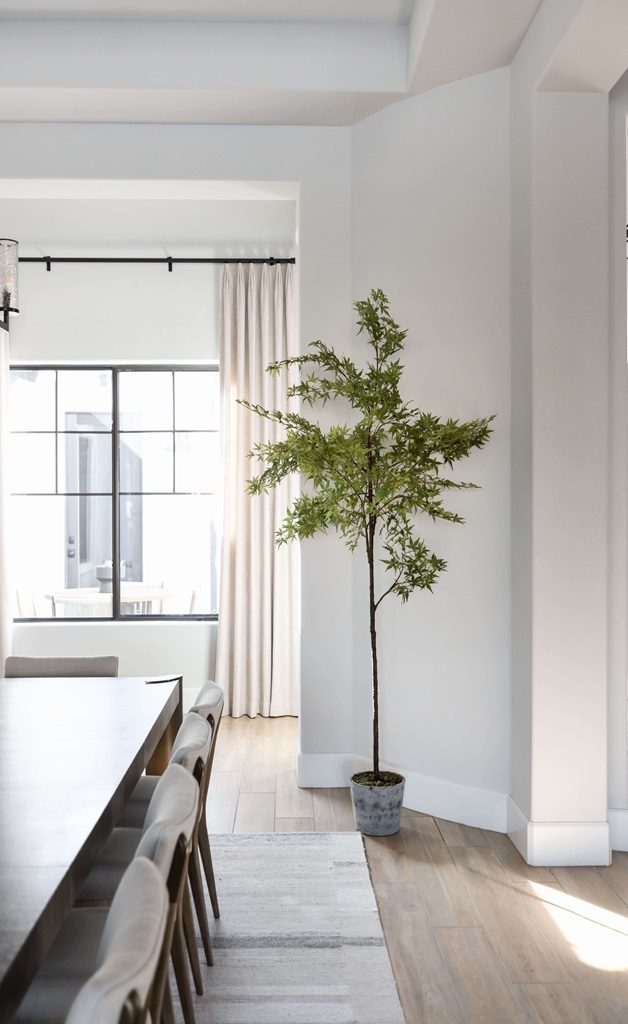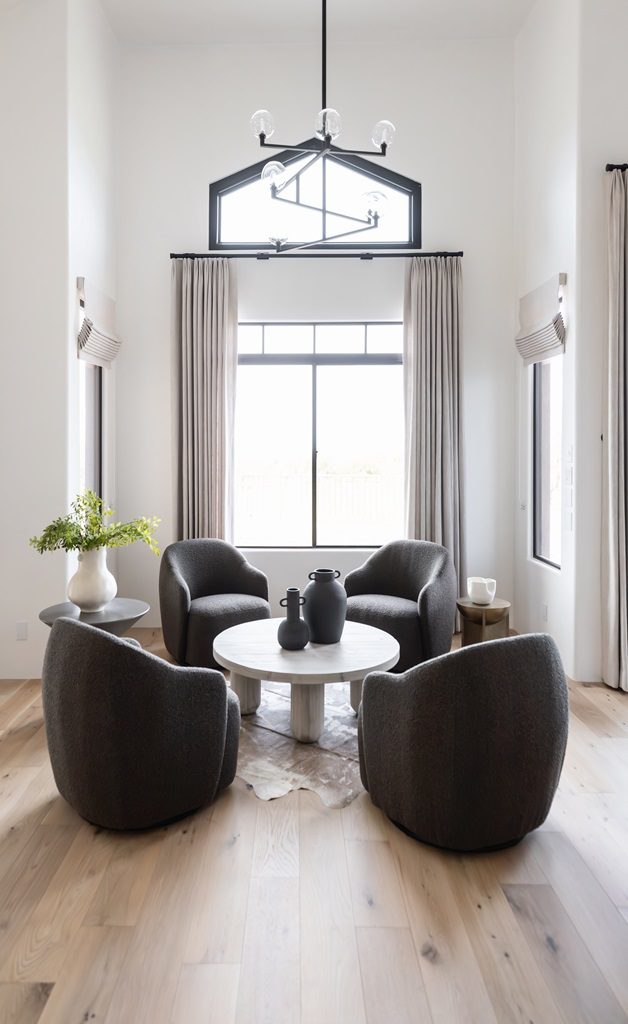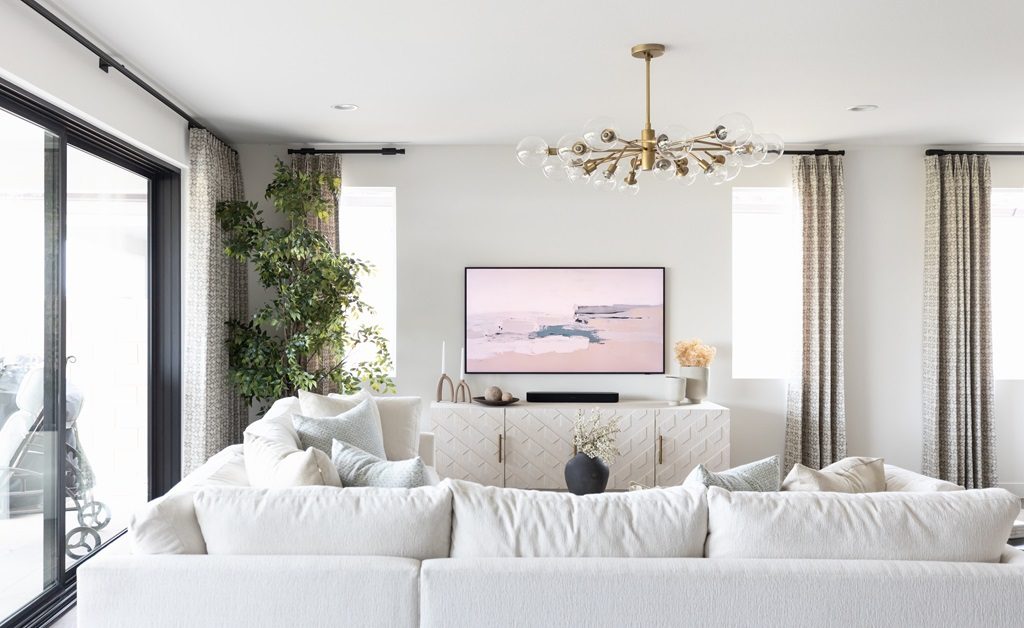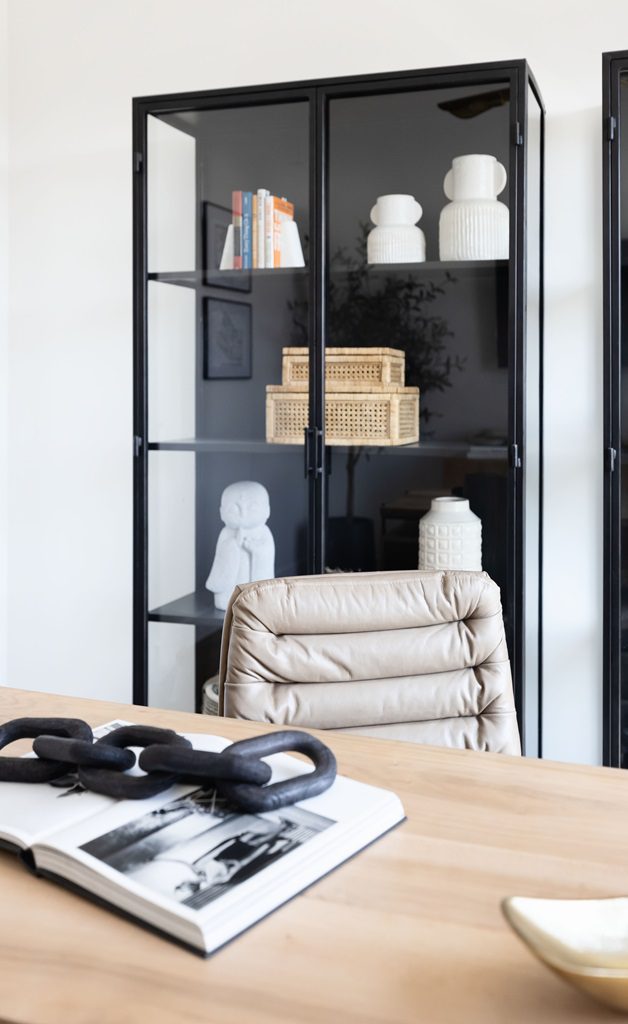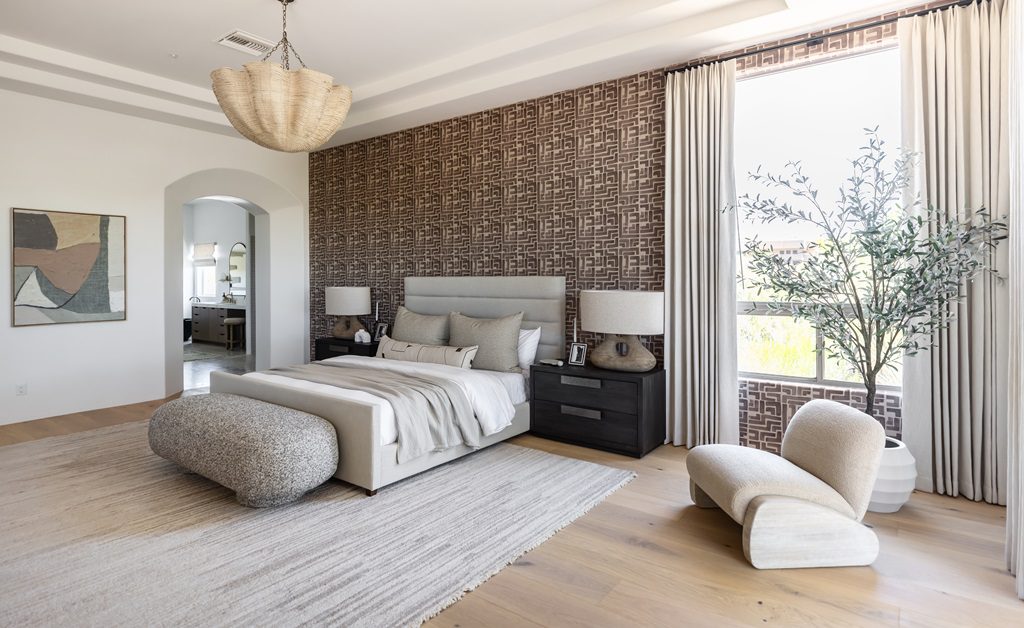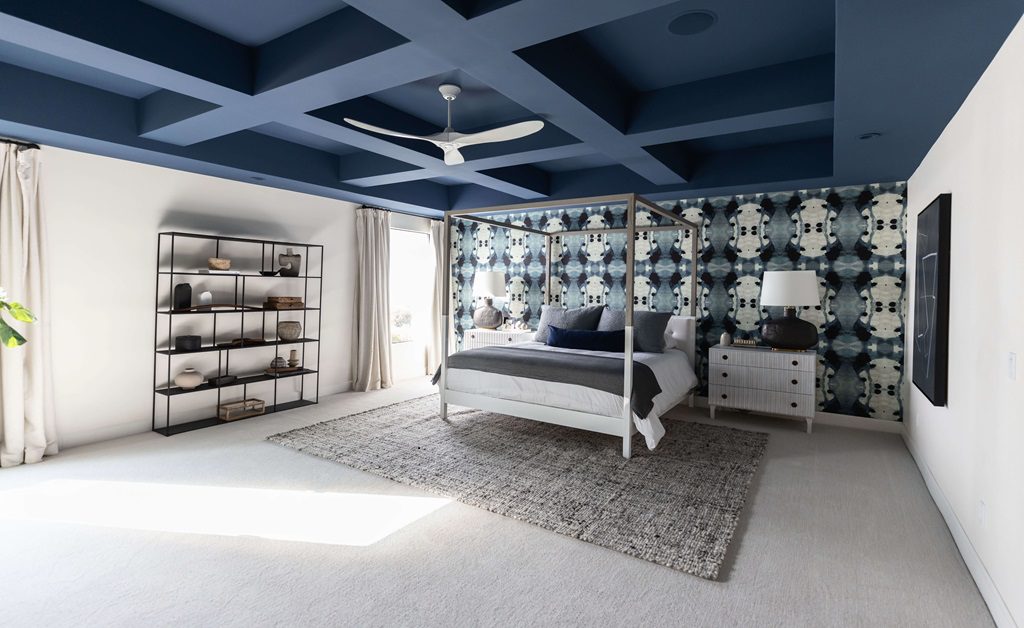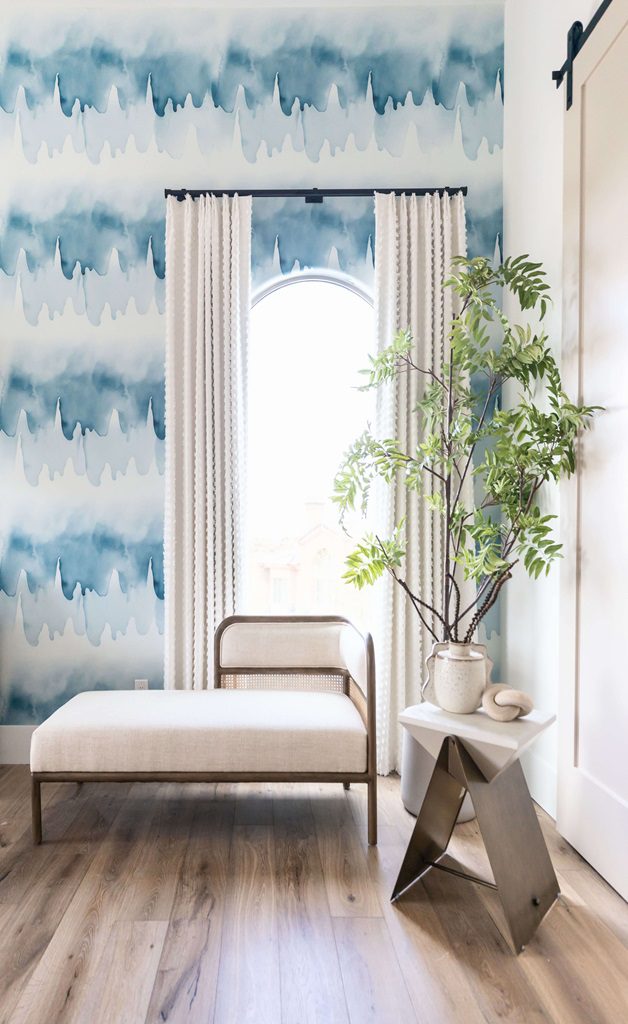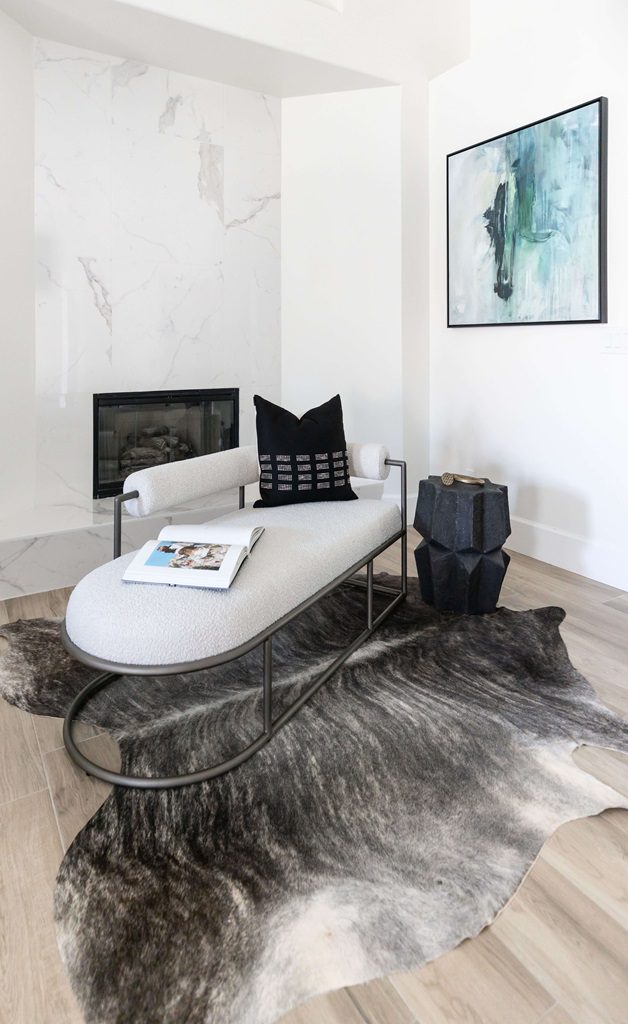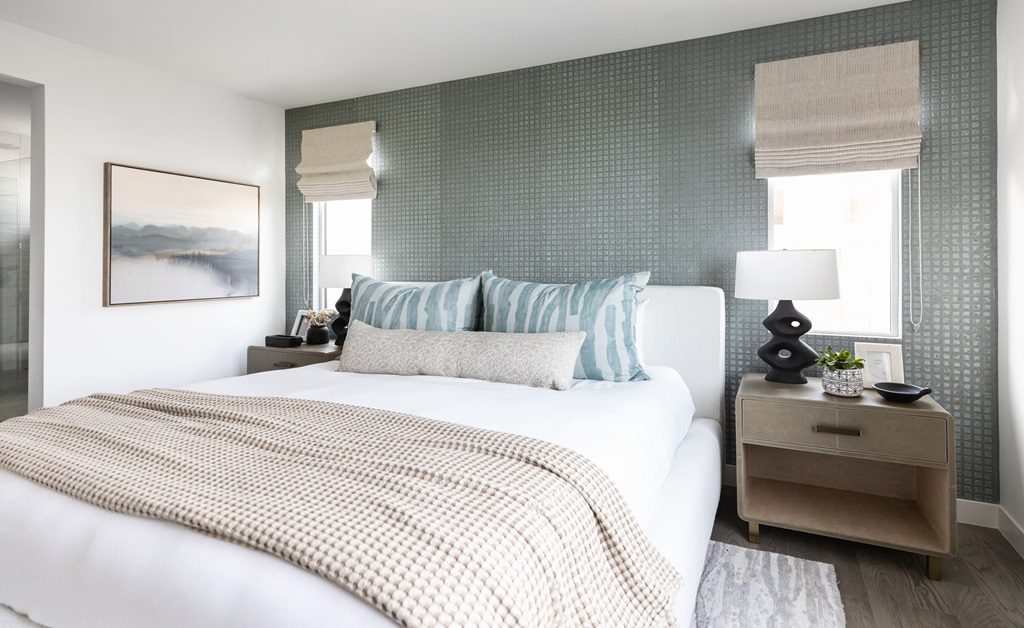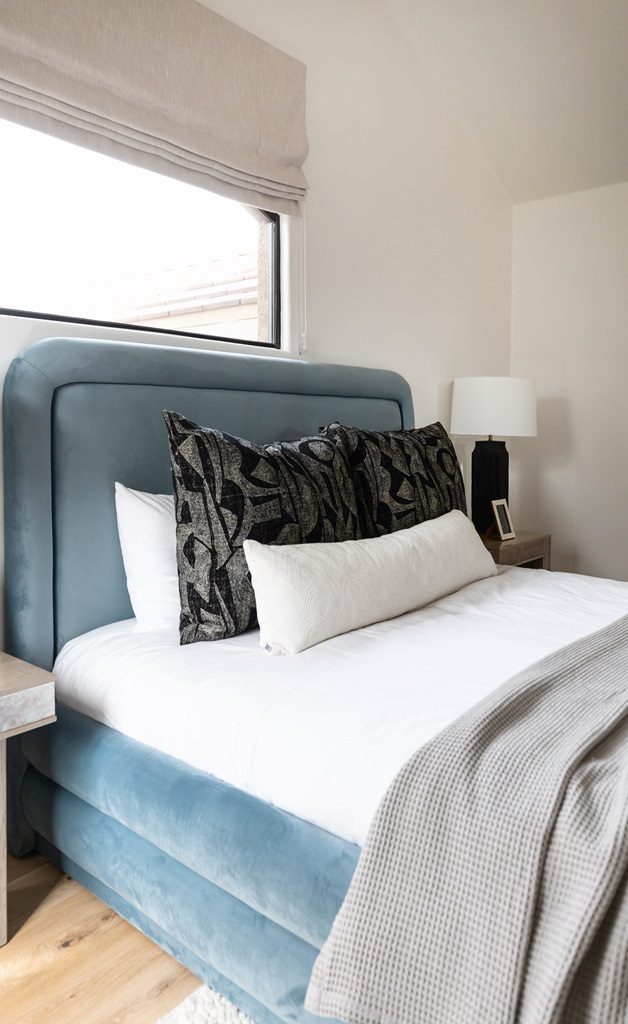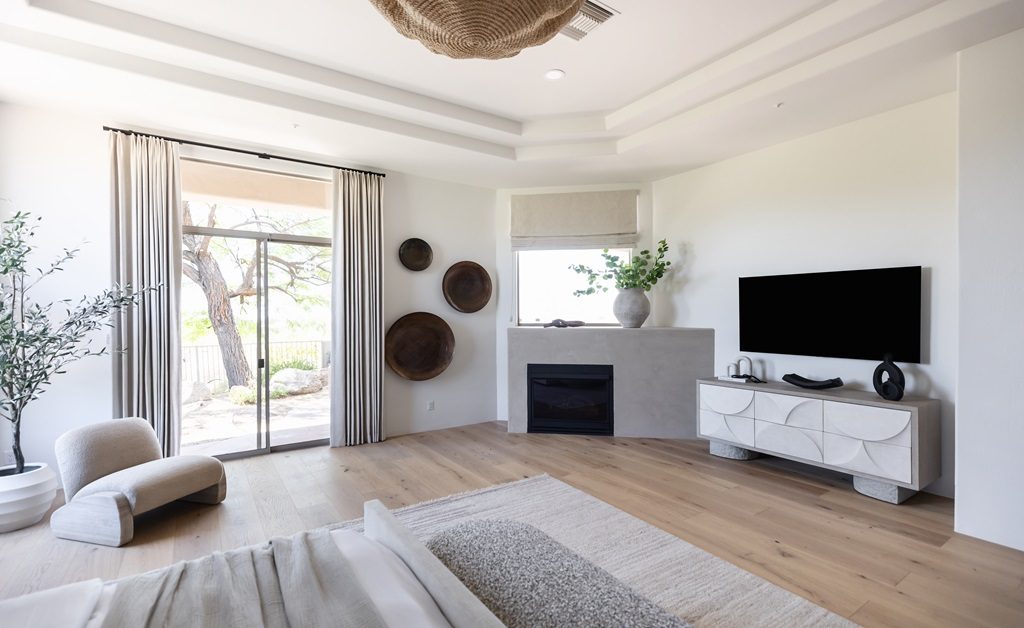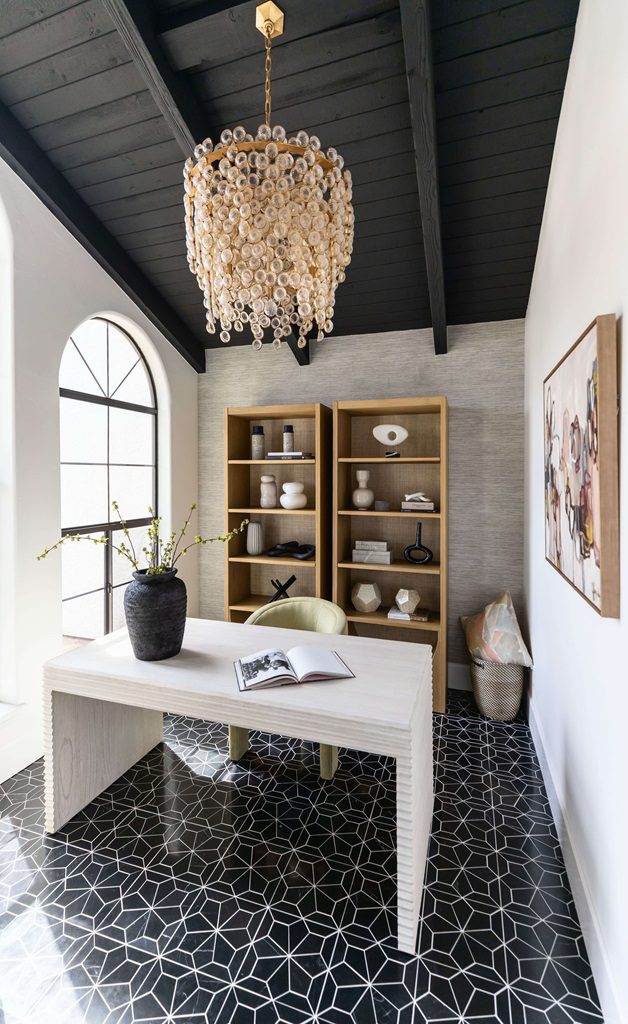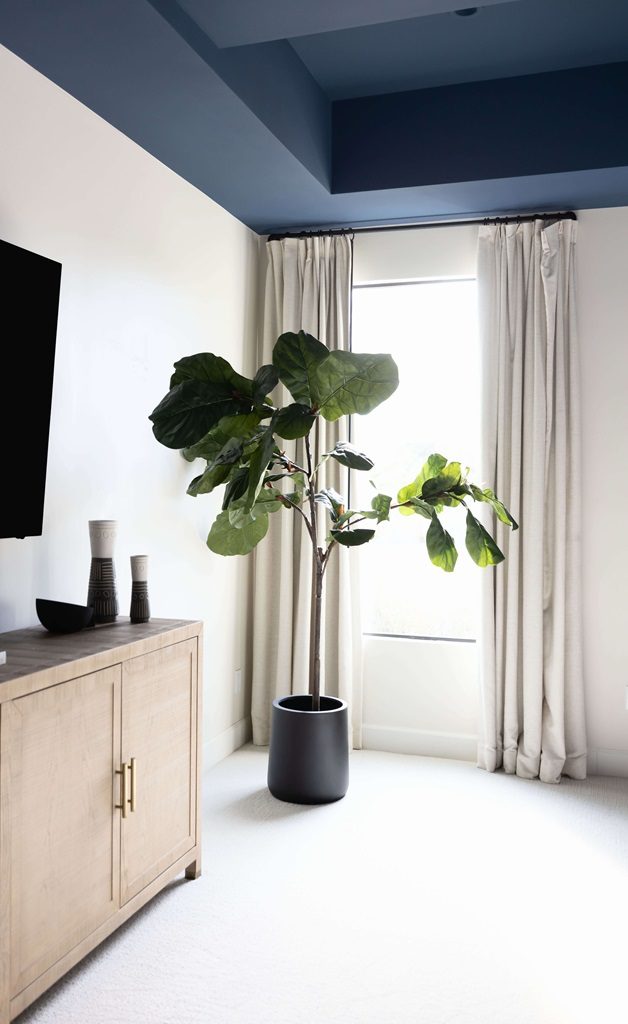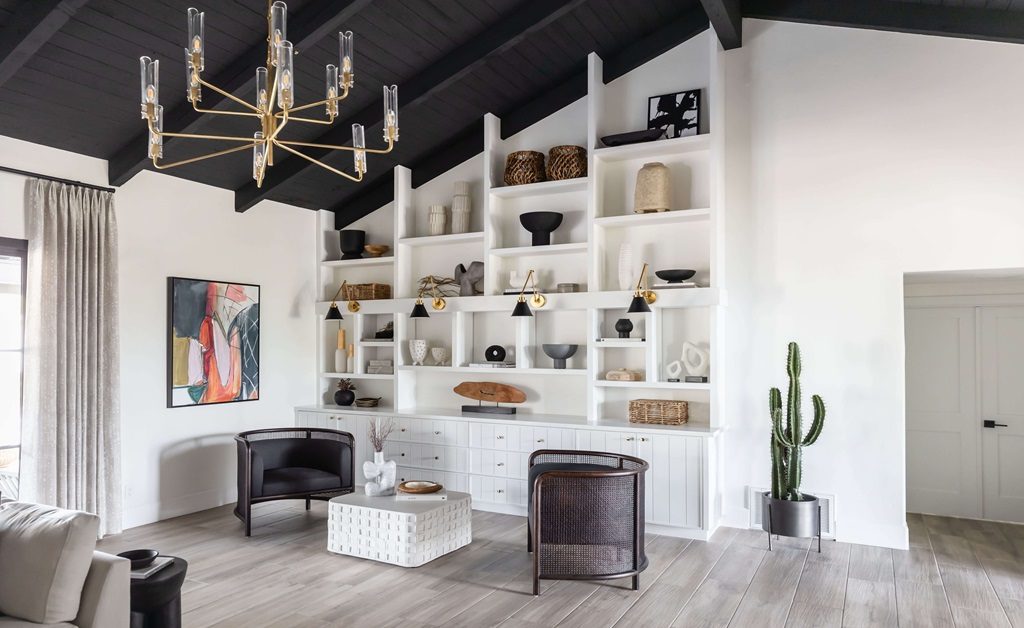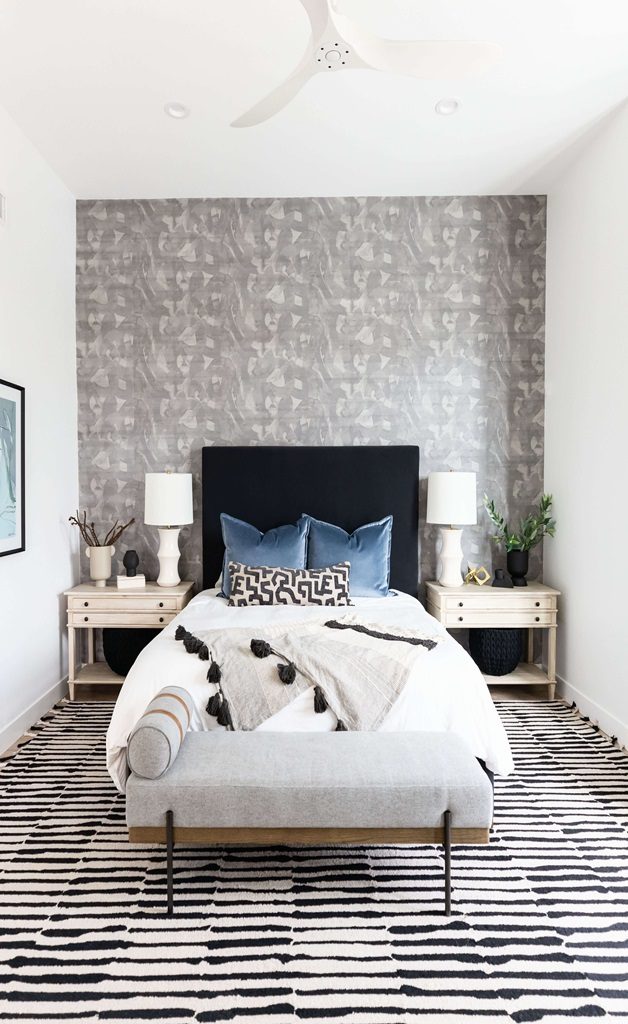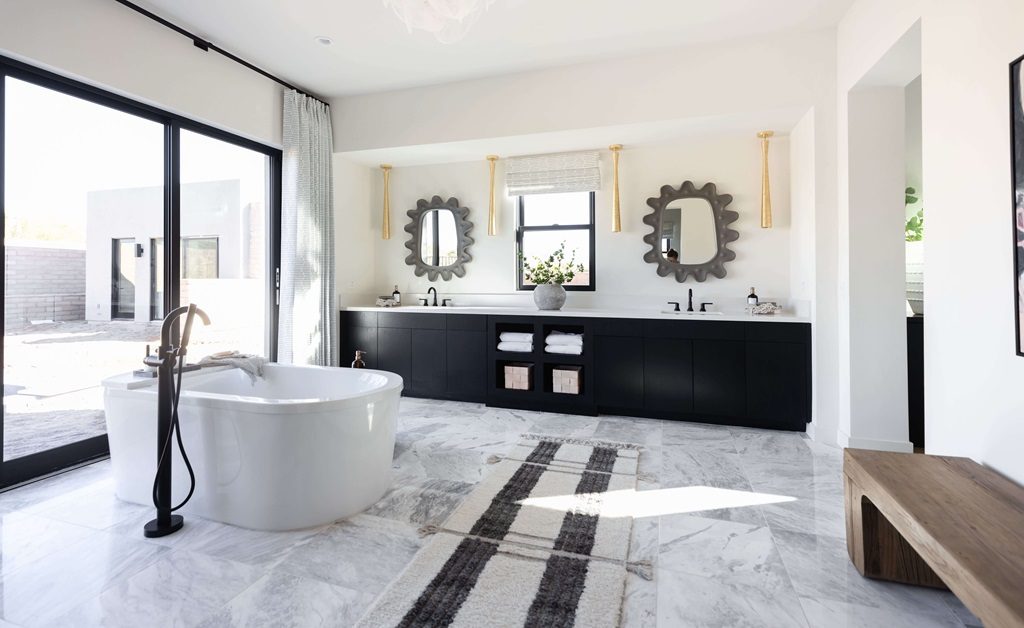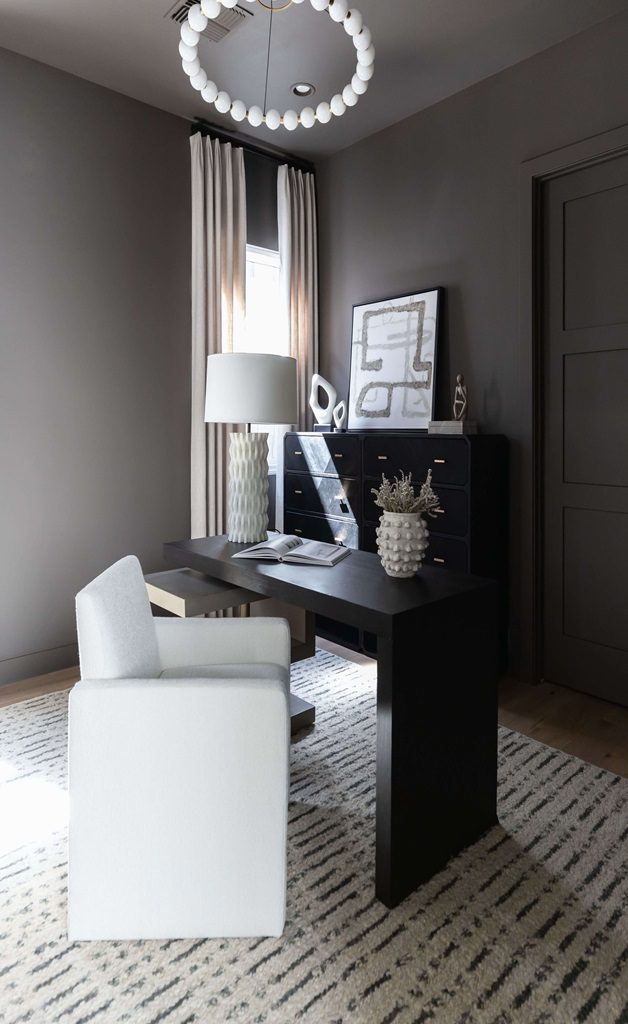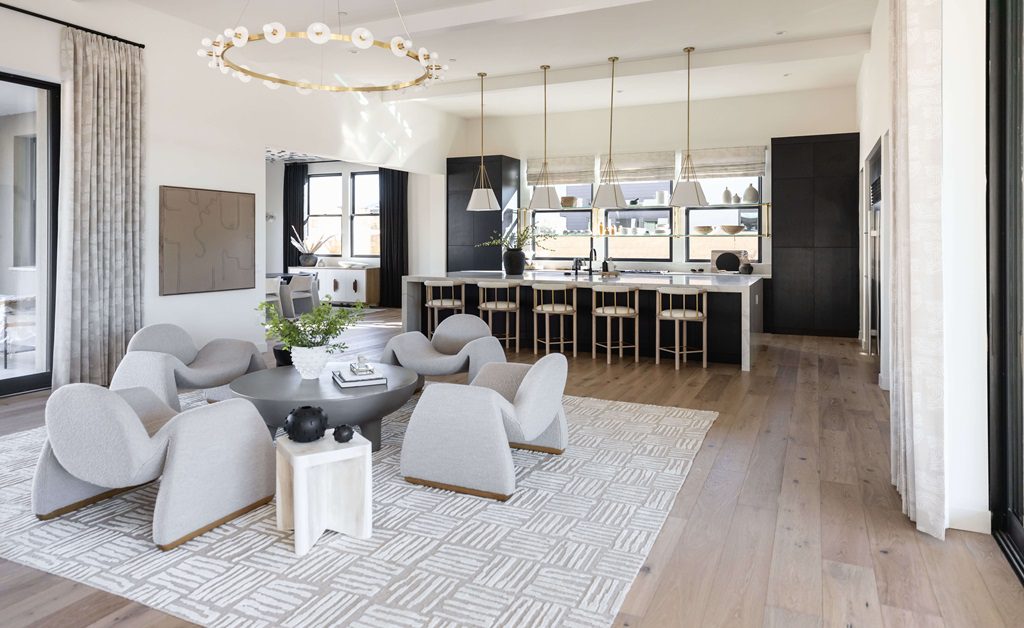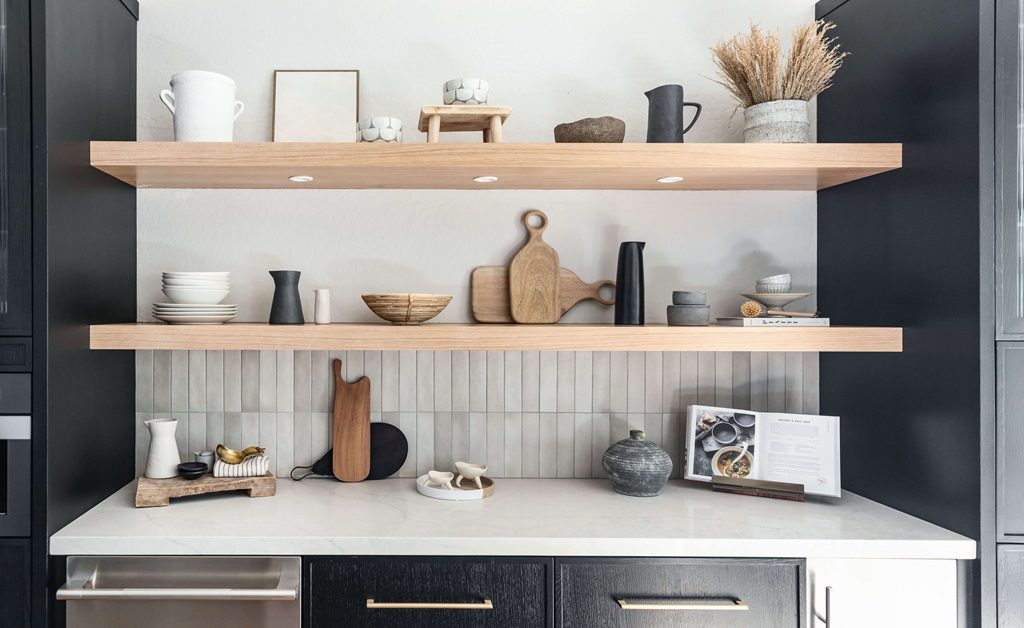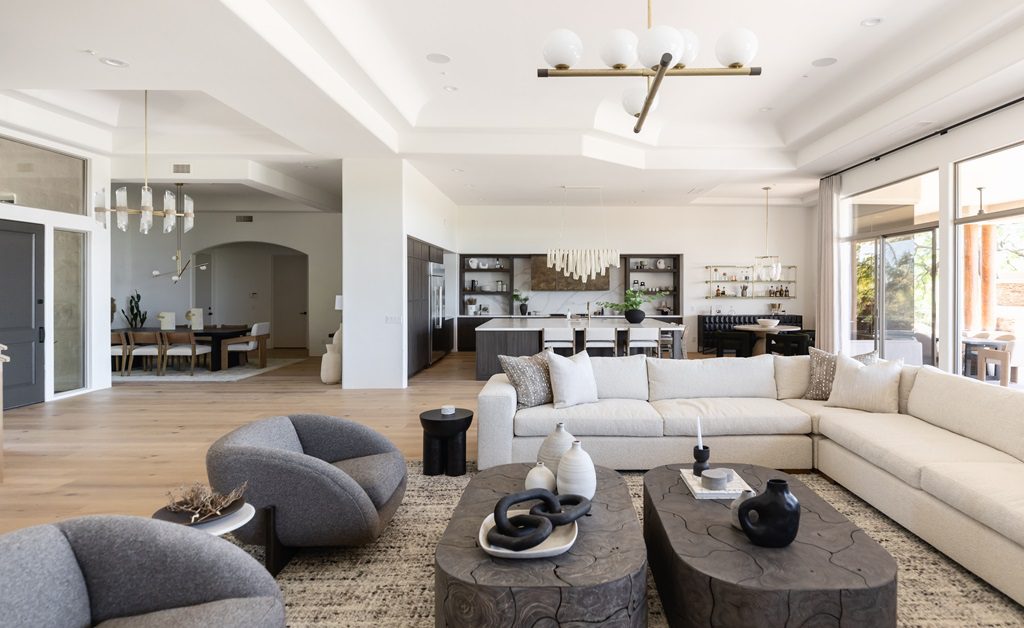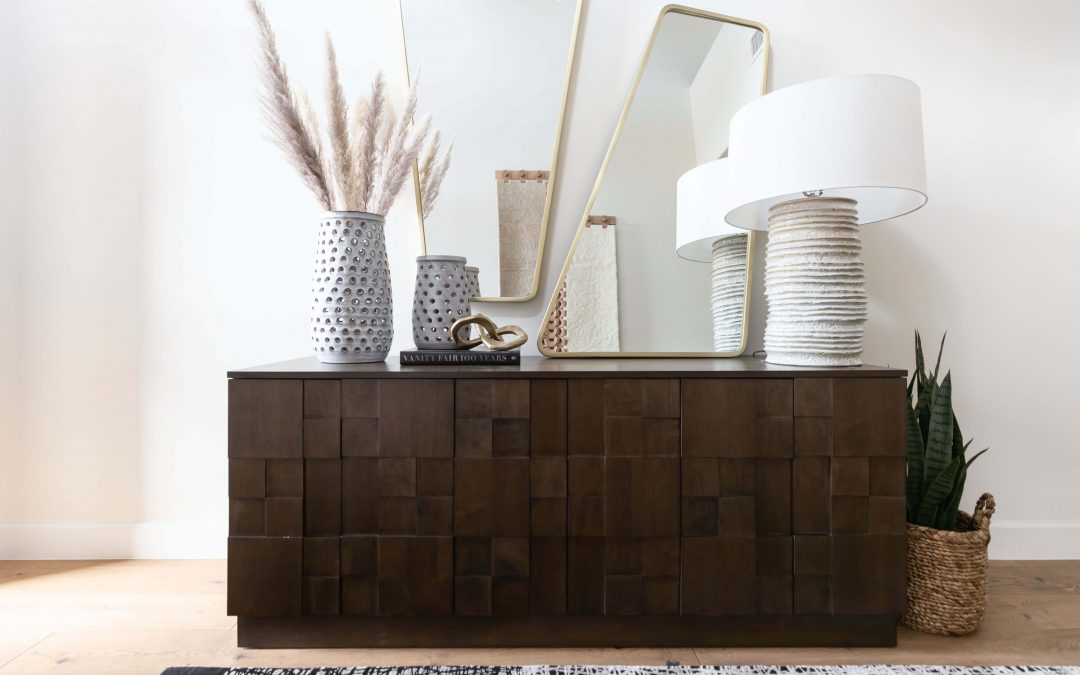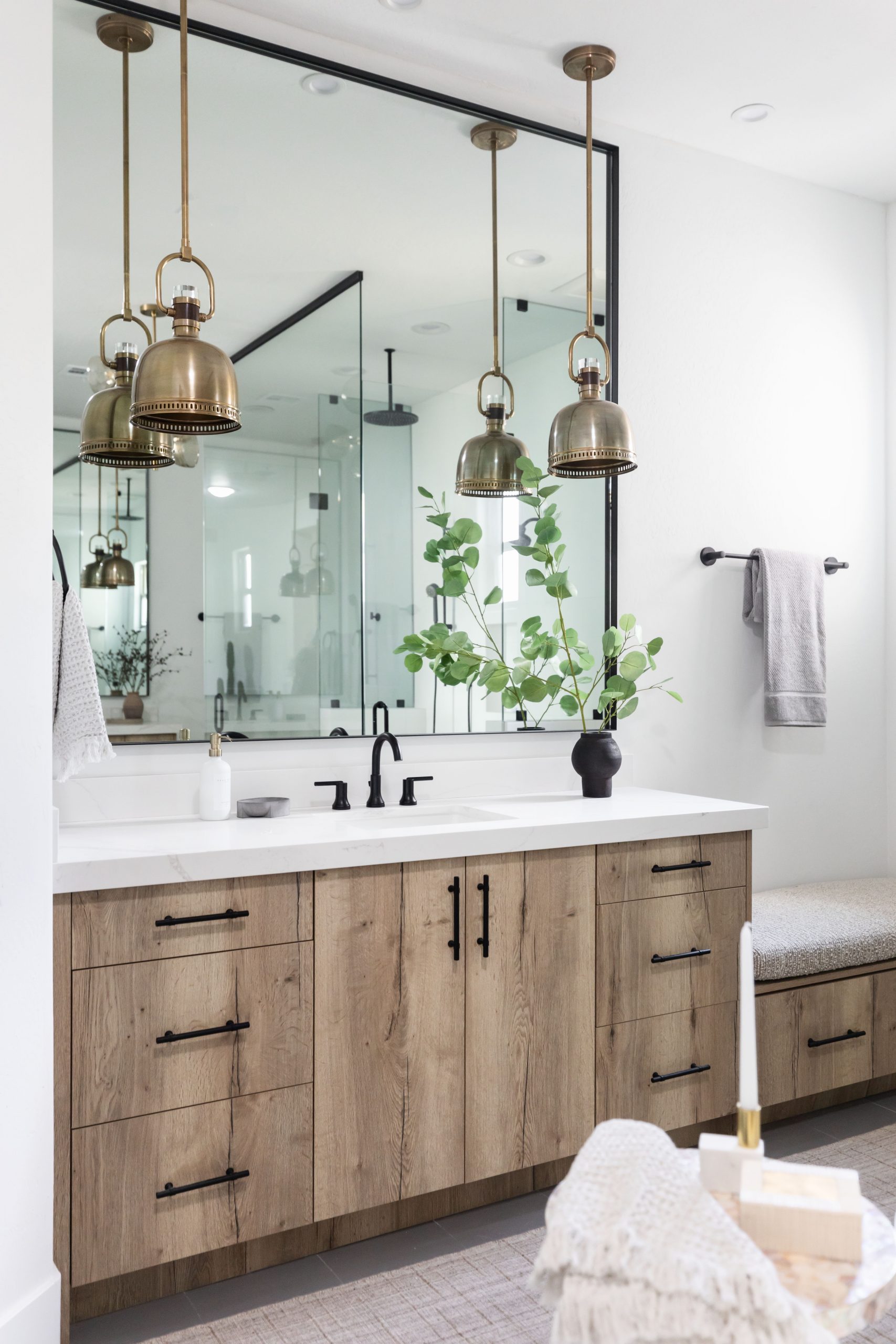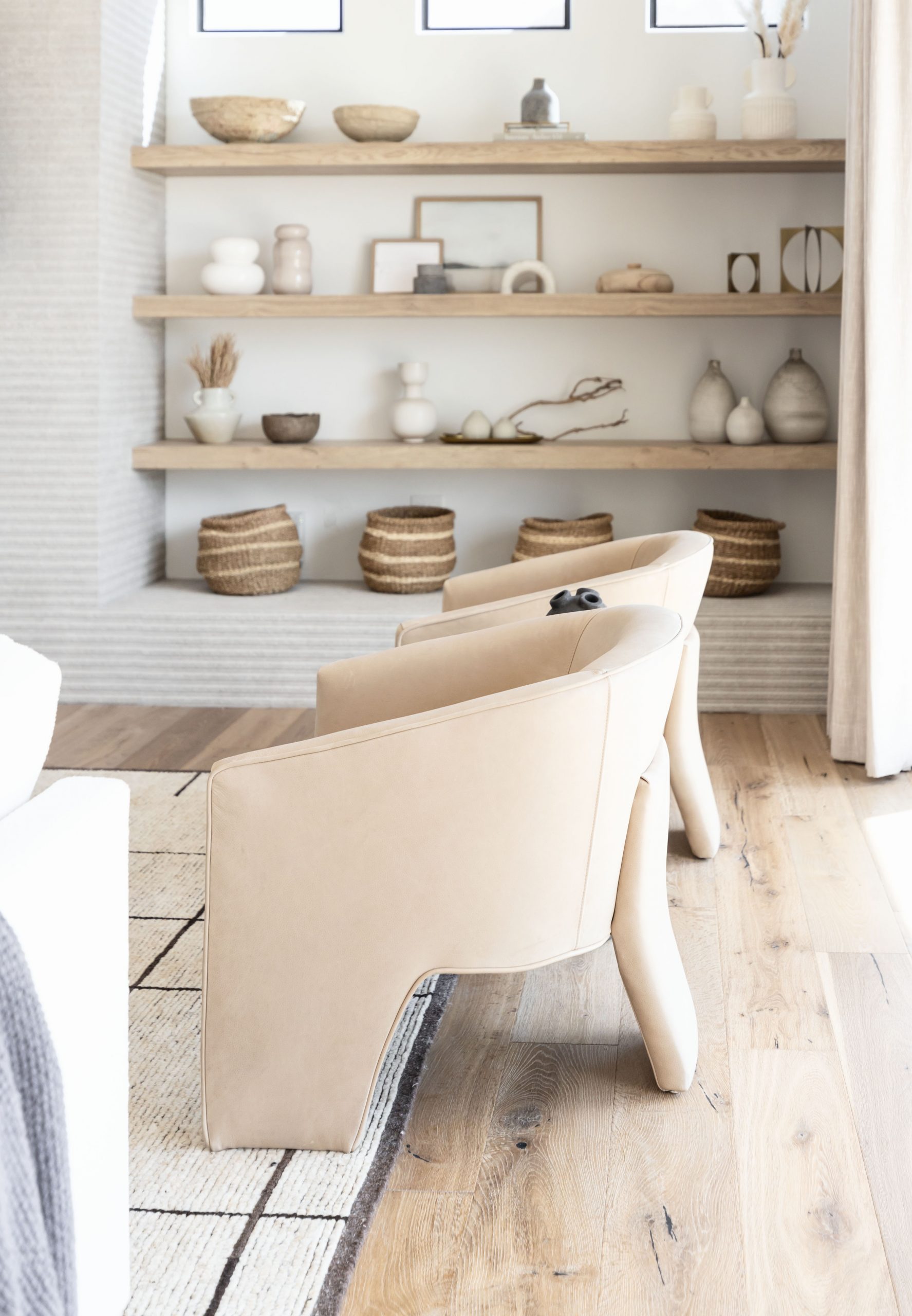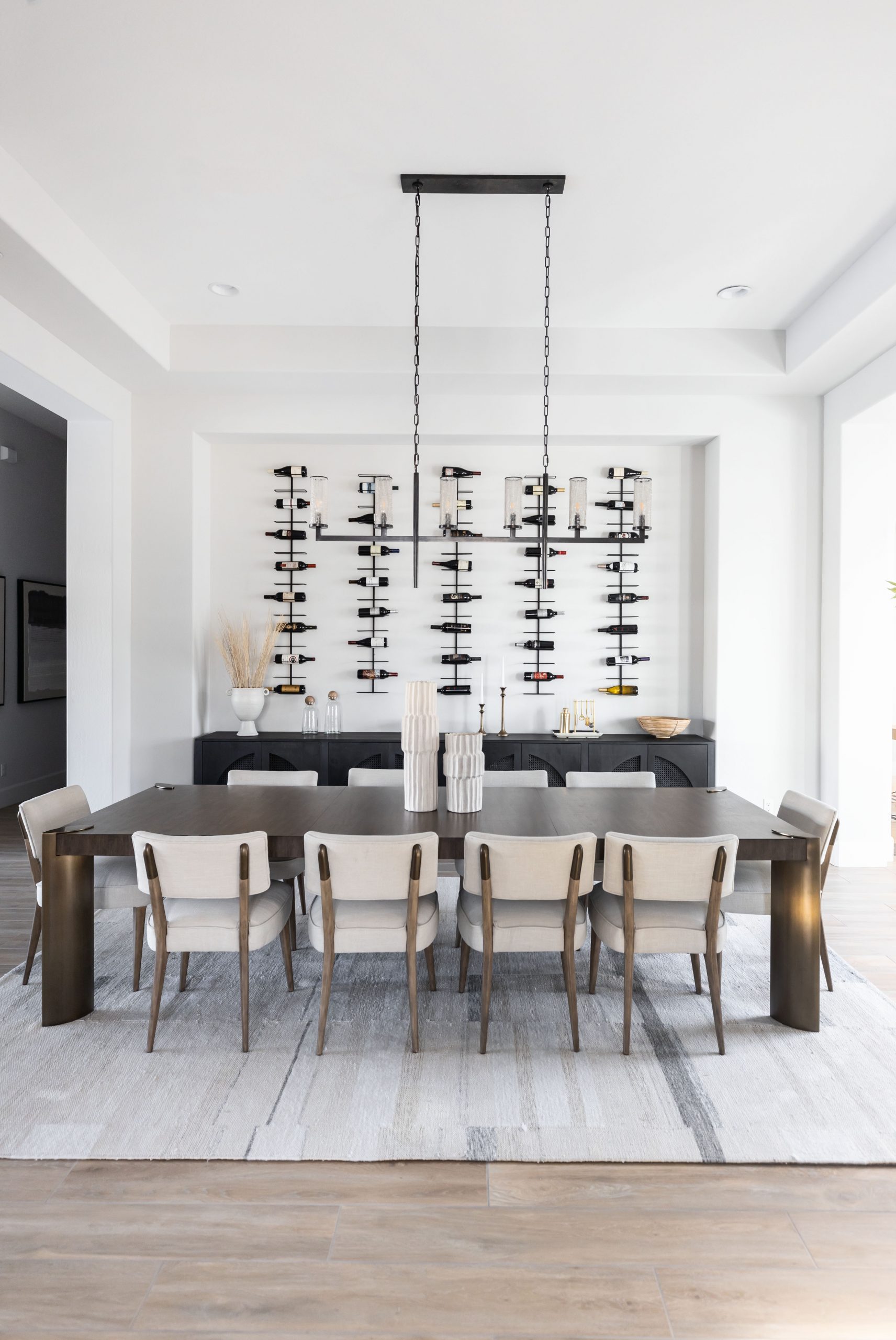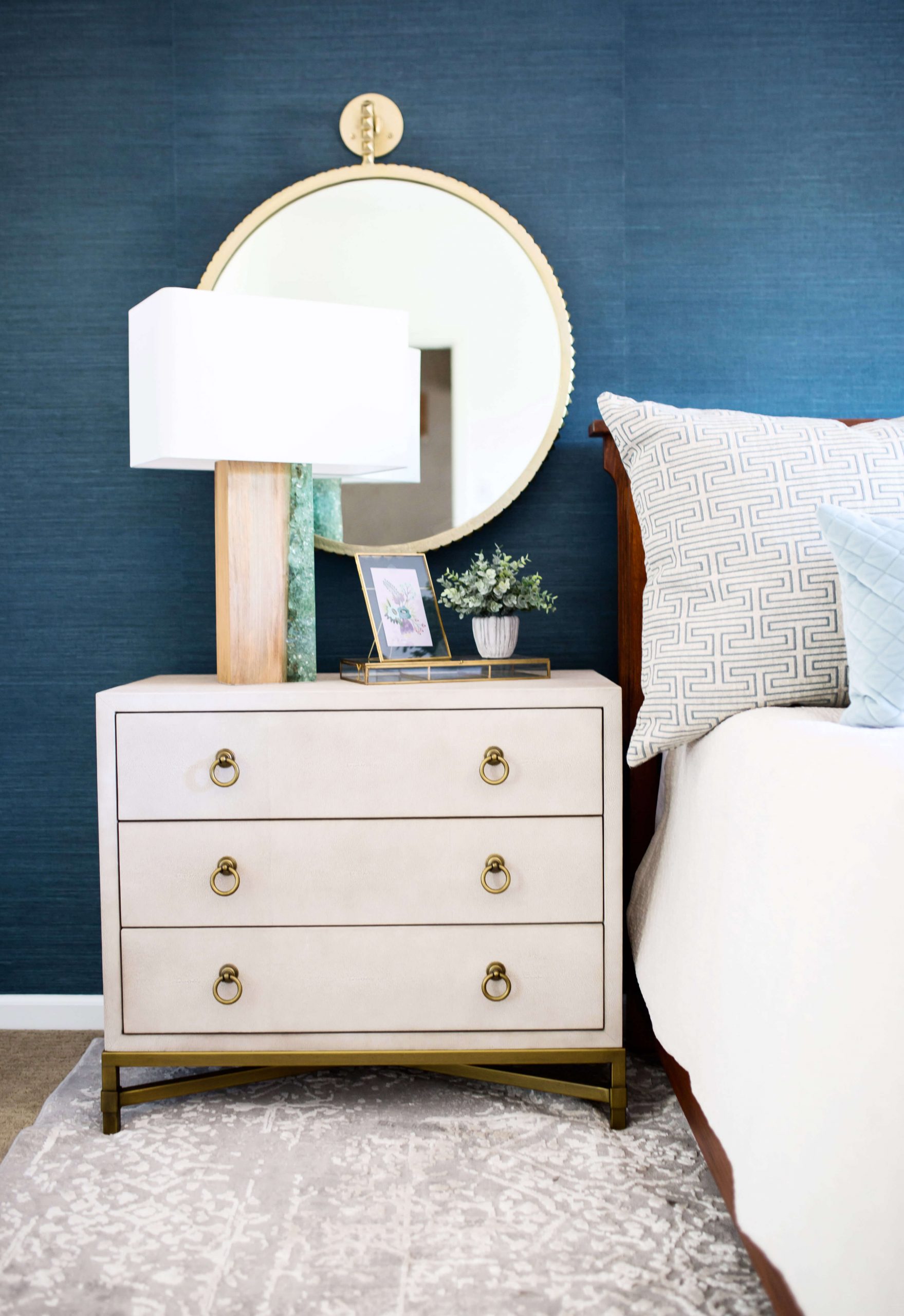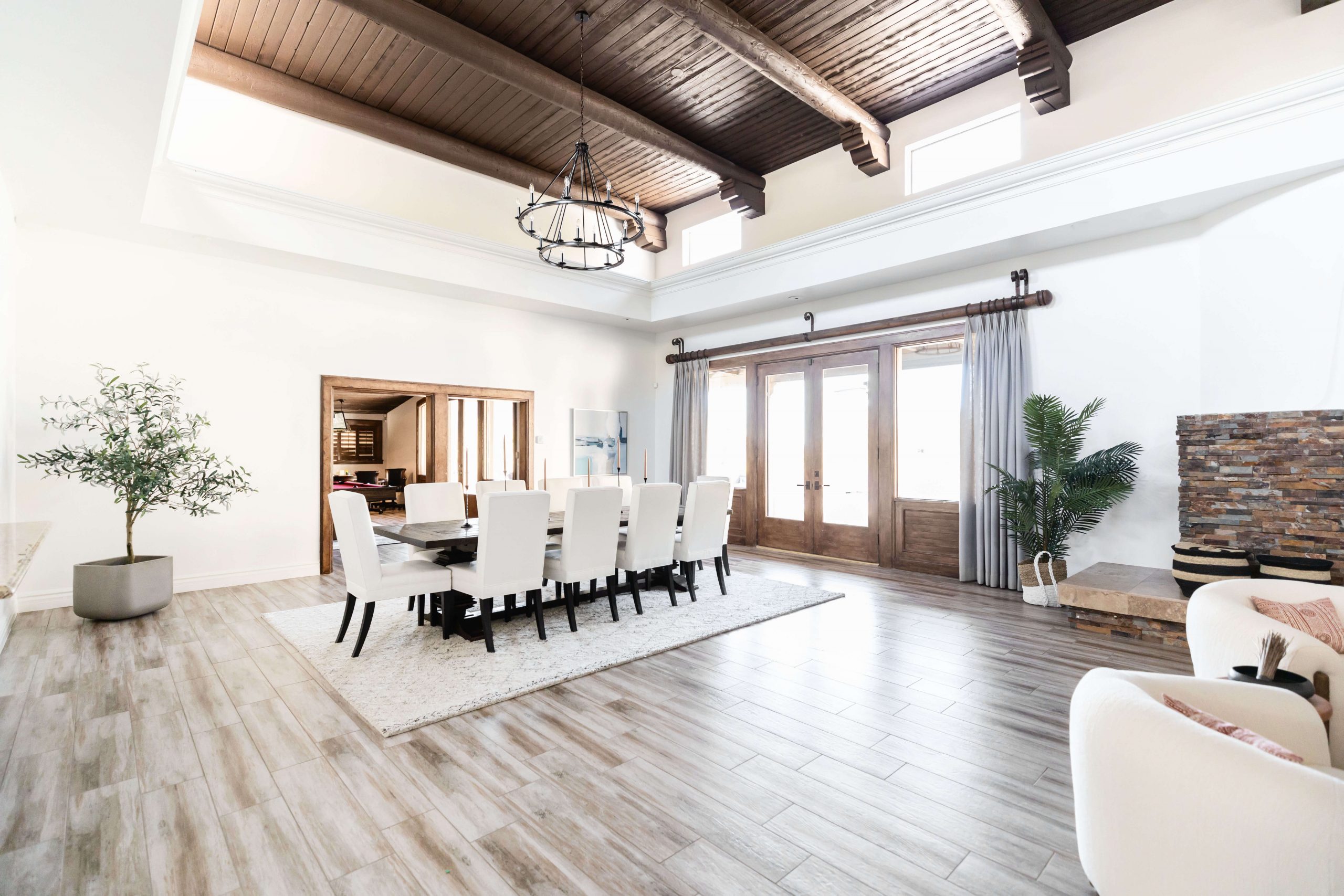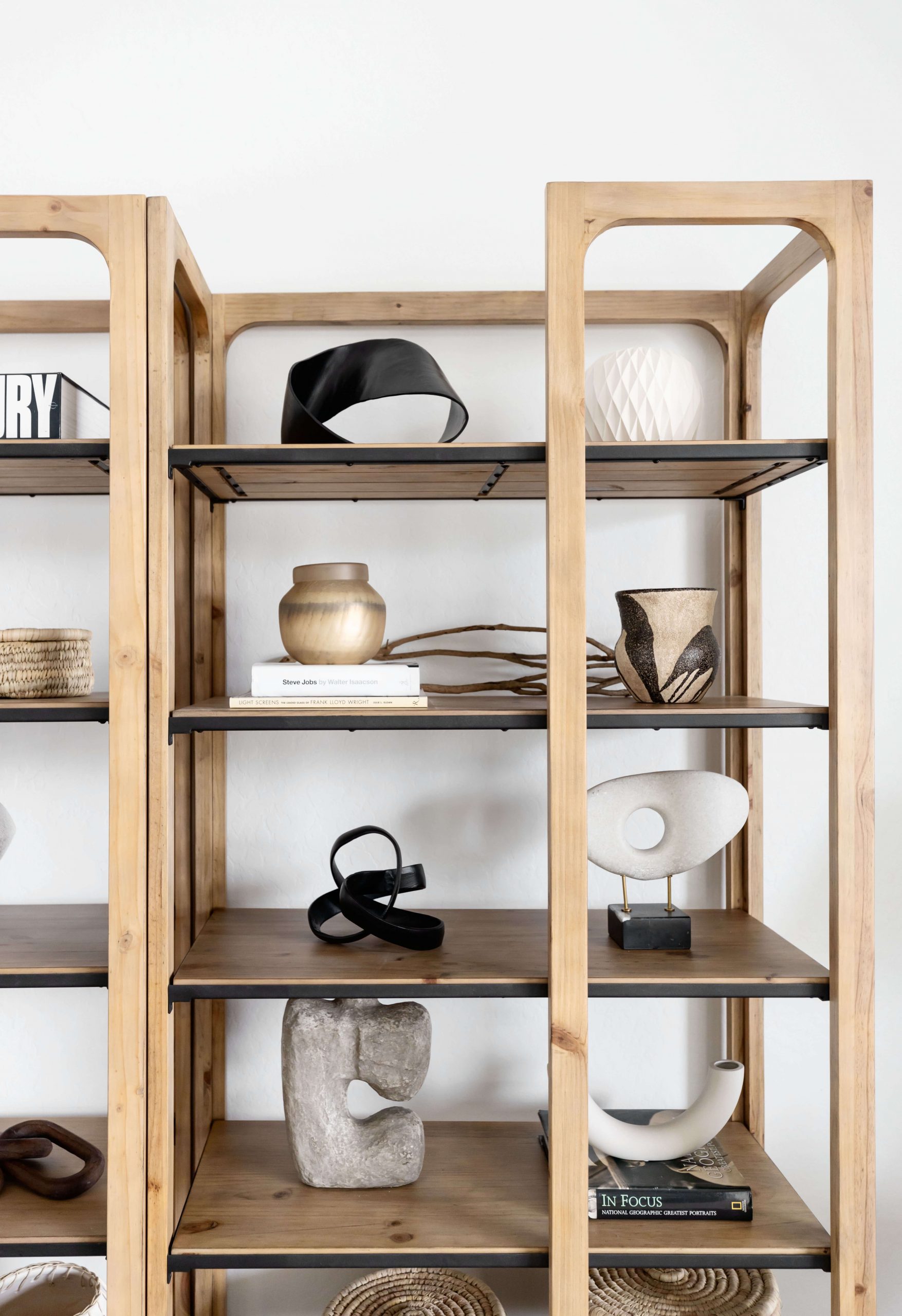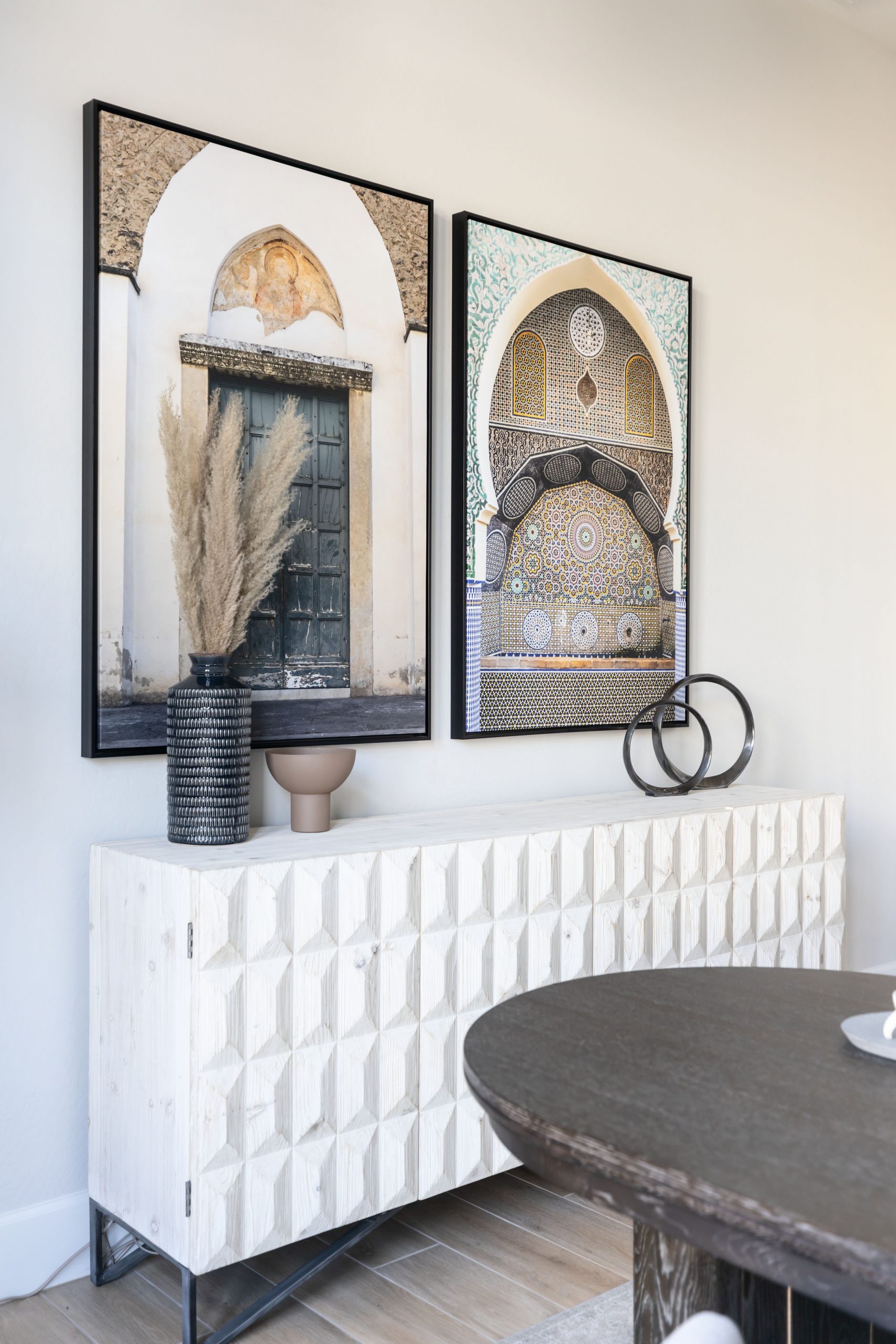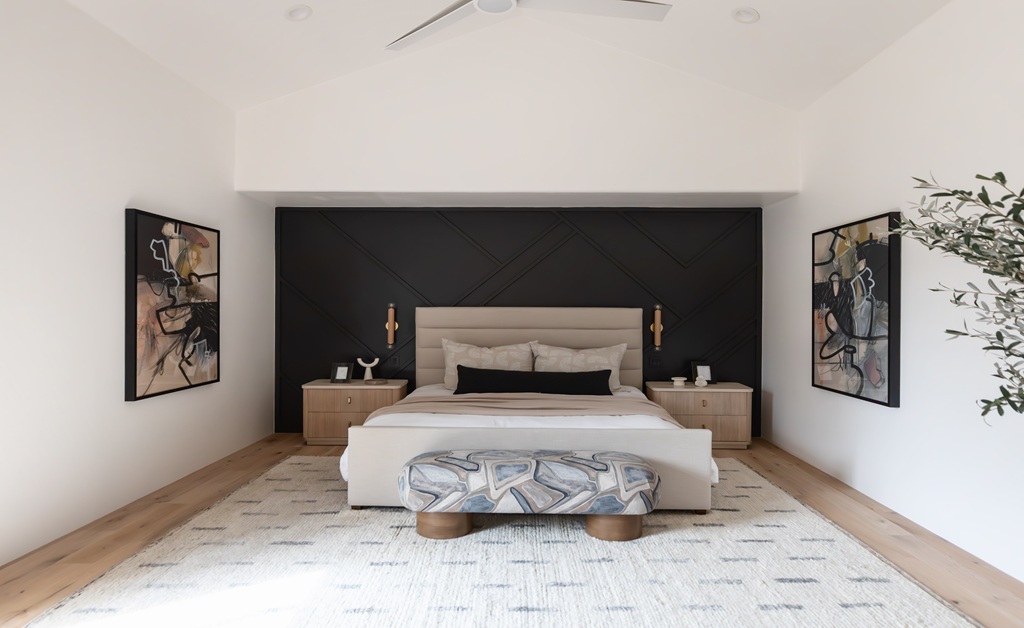
How Interior Design Improves Daily Life
Your home is an expression of your mood and an image of your wellness. With careful planning, interior spaces can clear away stress and create a feeling of calm in the middle of the chaos of daily life. This guide explores how careful interior design choices can transform your home into a sanctuary of peace, with practical tips on the psychology of space, minimalism, nature, and personal design.
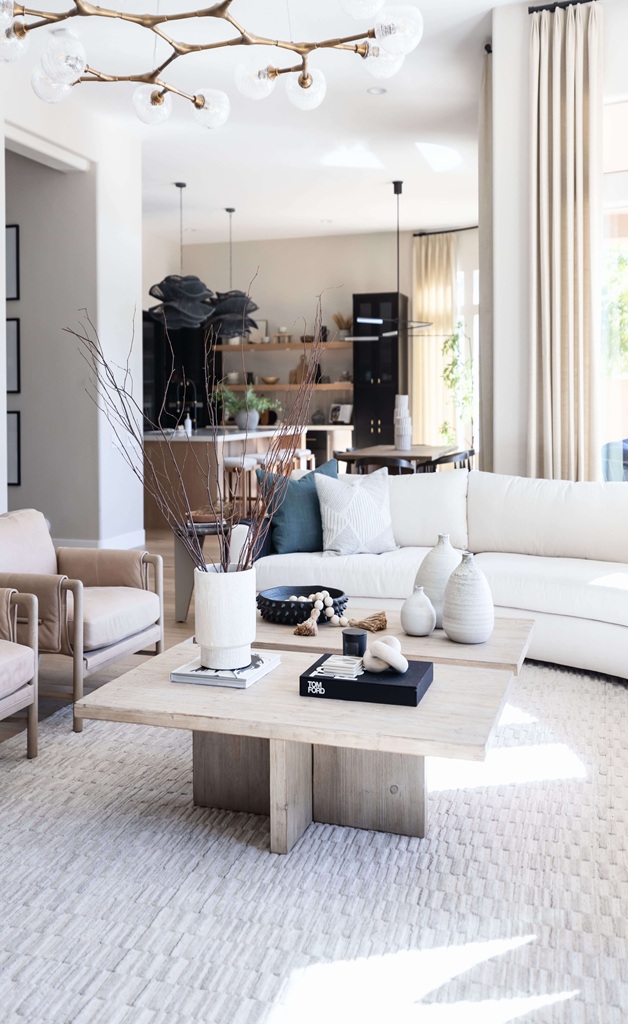
The Psychology of Space: How Colors, Light, and Layout Influence Mood
Design isn’t all about style—it’s psychology. The wall paint color, the light that streams in, and the space layout can influence a great deal of your mood in the space. Calming, muted colors like pastels or terra-cotta hues will soothe you, and clashing, discordant colors will overstimulate the mind.
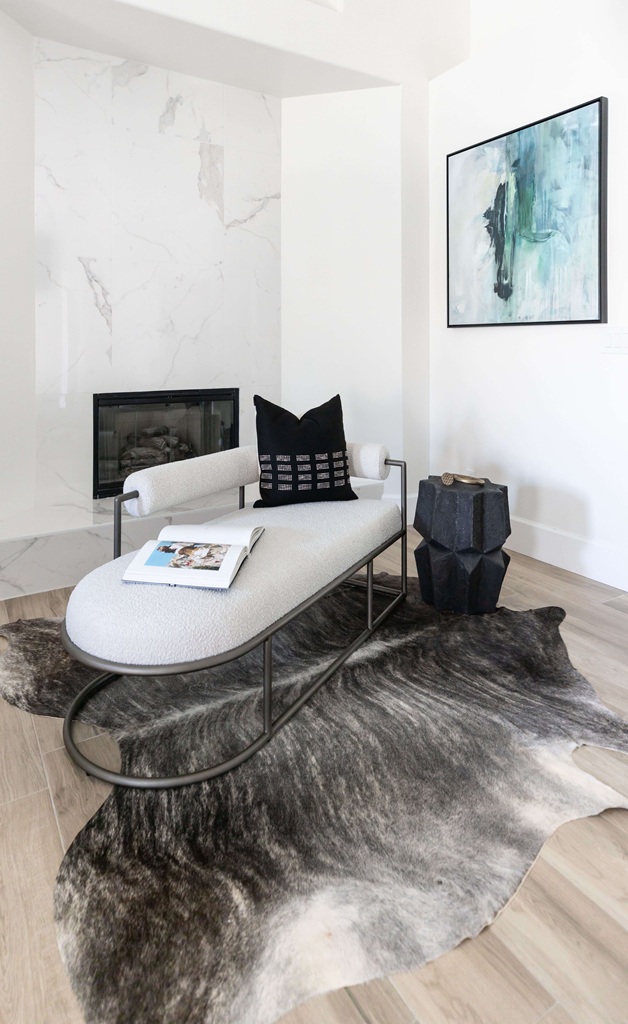
Natural light is another area in which an interior designer in Scottsdale will concentrate. Natural light has been found to enhance mood and quality of sleeping, both of which are directly correlated with the amount of stress you experience. Sheer drapes, use of mirrors, or open floor plans can provide ultimate sunlight and project an illusion of spaciousness inside the room.
The same holds for furniture arrangements. Crowded, haphazard positioning can burden you, but open and balanced positioning allows for freedom of movement and the sense of mastery.
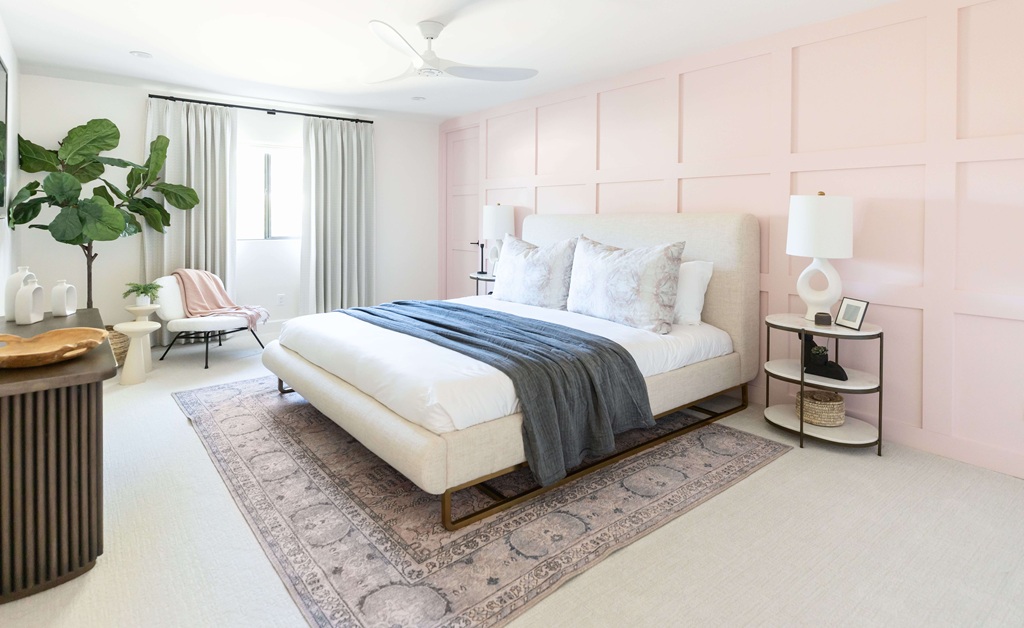
Decluttering for Clarity: How Minimalism Affects Mental Health
Mental disorganization is often a product of physical disorganization. If your space isn’t tidy, then your head follows suit. The design philosophies inherent in minimalism—”less is more” as an attitude that leads individuals to live with fewer things—can actually stop stress dead in its tracks.
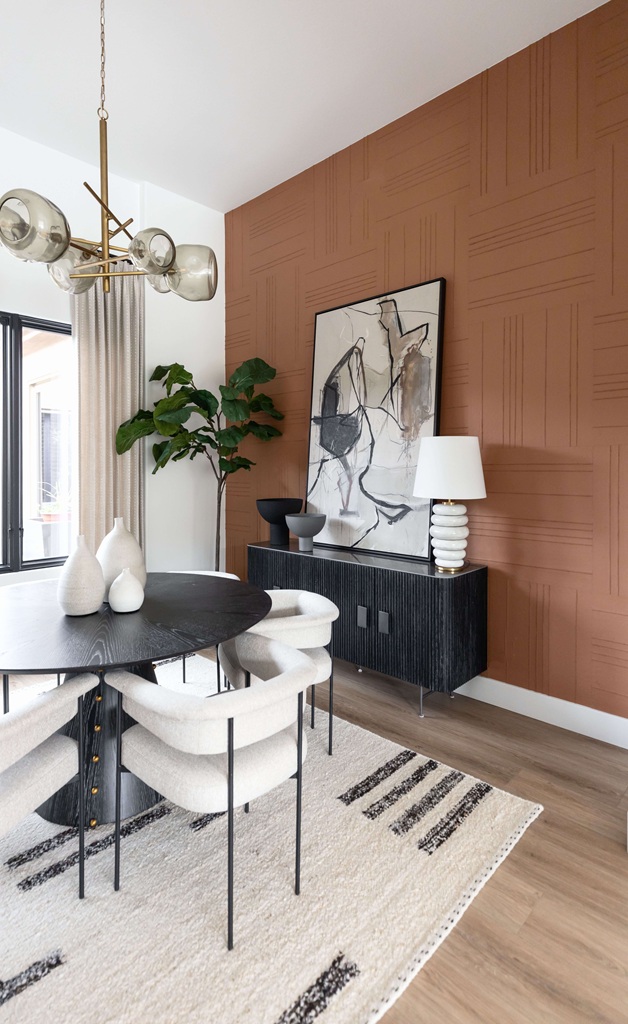
Minimalism keeps the extraneous to a bare minimum and centers on function to create a clear, uncluttered space. Design such as multi-function storage, pared-down furniture, and single-hued color helps reduce decision overload and is a visual calming experience. Walking into a room in which objects are assigned purposes helps one feel light and centered.

Nature and Peacefulness: Incorporating Biophilic Design
Nature and peacefulness go hand in hand, so it’s no wonder that biophilic design, introducing natural materials into interior space, is gaining steam. This strategy takes advantage of our instinctive love affair with nature, and comfort is ushered in by its presence inside.
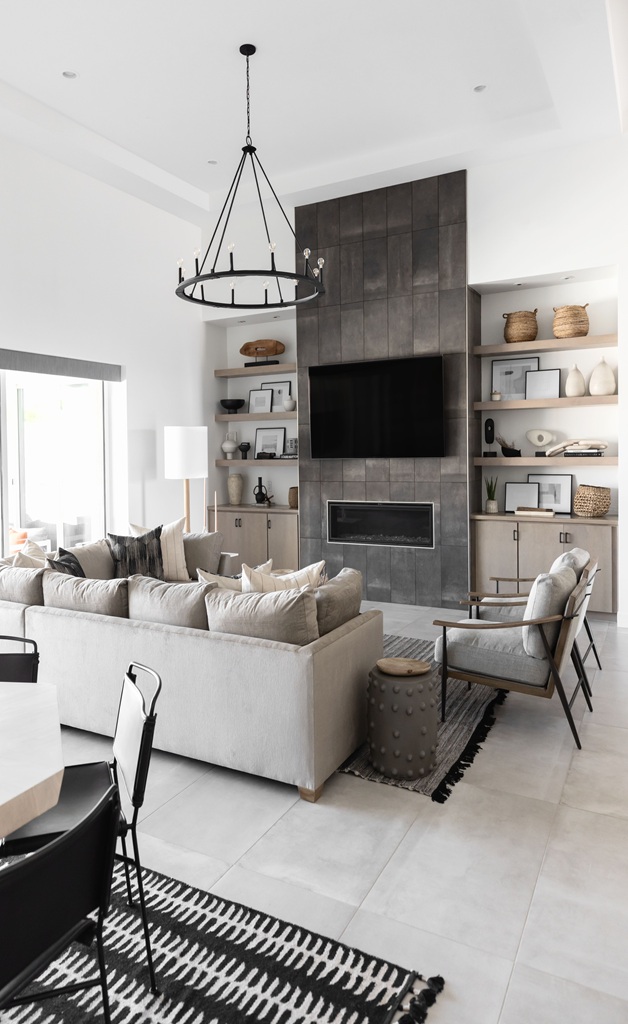
Houseplants are an easy place to begin. Perhaps it’s a low-maintenance air-purifying snake plant or pothos, but plants infuse life into any room while clearing the air. Natural textures like wood, stone, or bamboo paired with water accents or earth tones are rich in sensation and visual tranquility.
Even reproducing paintings of nature or adding windows to gaze out is effective in creating this type of environment, bringing with it a sense of relaxation and calmness.
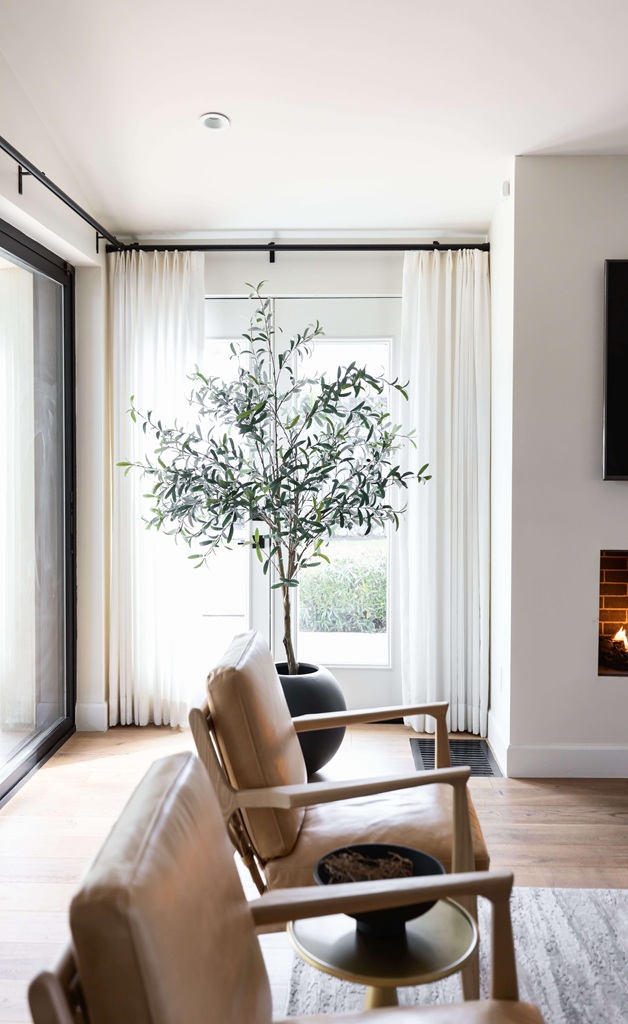
Creating a Personalized Retreat: Crafting Spaces to Accommodate Your Needs
Relaxation and stress don’t hit all of us the same—and neither do they hit our homes. The key to creating a personalized retreat is to discover what makes you relax and then craft your house around it.
Maybe it’s a reading nook with your favorite reading chair, soft lights, and a stack of books. Maybe it’s a meditation space with soothing candles and plush pillows.
Textures and scents also enter into the picture while designing your retreat. Velvety, cashmere-like textures are soothing, and aromatherapy with essential oils can relieve tension. The idea is to make your space intimate to you. When you become attached to your space, it is a source of energy and a retreat where you relax, tailored to you.
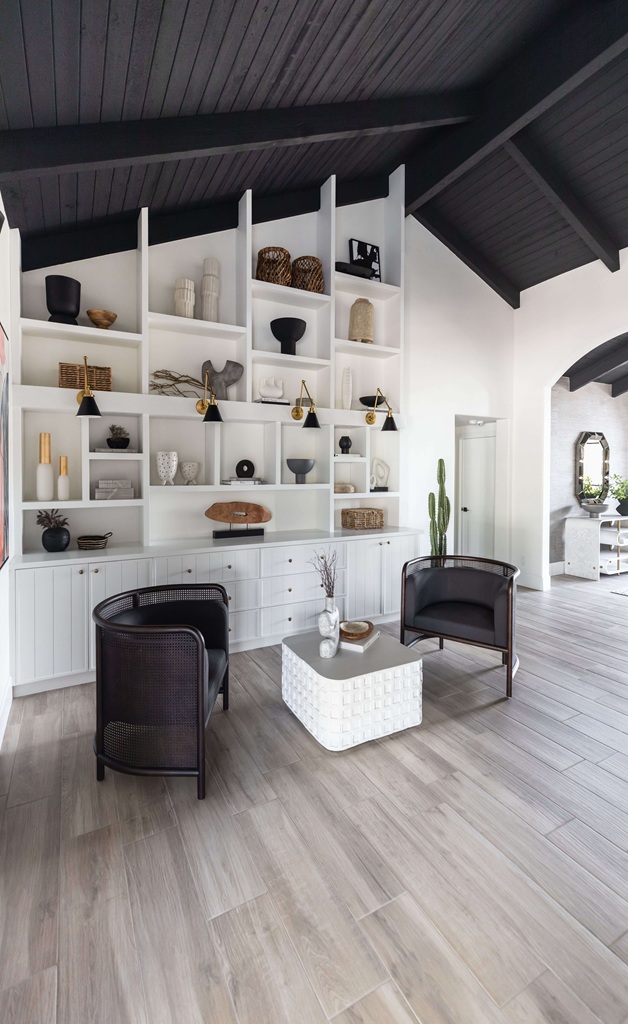
Turn Your Home into a Stress-Free Refuge
With knowledge of the force of space, light, and nature and applying it in your favor, you might just be able to create a comfortable haven for yourself.
See More Ideas: Sleep Better with These 8 Interior Design Improvements Tips

Lauren Lerner is the founder of Living With Lolo, a nationally recognized Scottsdale interior designer and an Arizona licensed general contractor. She is celebrated for creating luxury homes that are warm, livable, and deeply personal, blending thoughtful design with seamless construction and curated furnishings. Recognized as one of Arizona’s top interior designers, Lauren has worked with celebrities, athletes, and executives across the country. Her work, known for its elevated yet inviting style, has been featured in multiple national publications. Guided by the belief that great design should feel as good as it looks, Lauren transforms houses into homes that truly reflect her clients’ lives.

